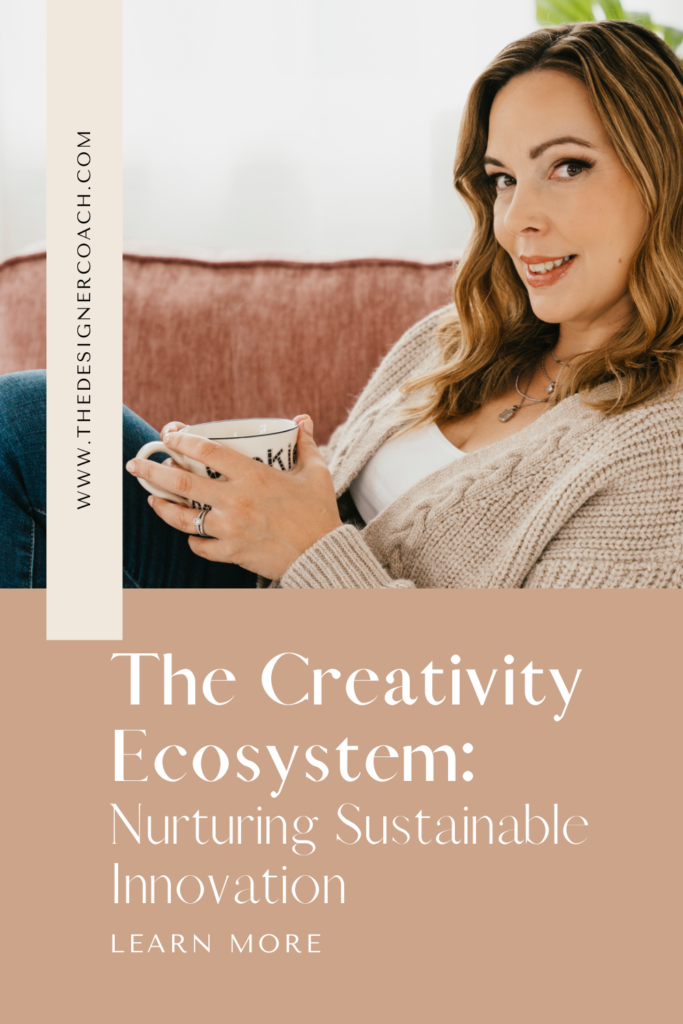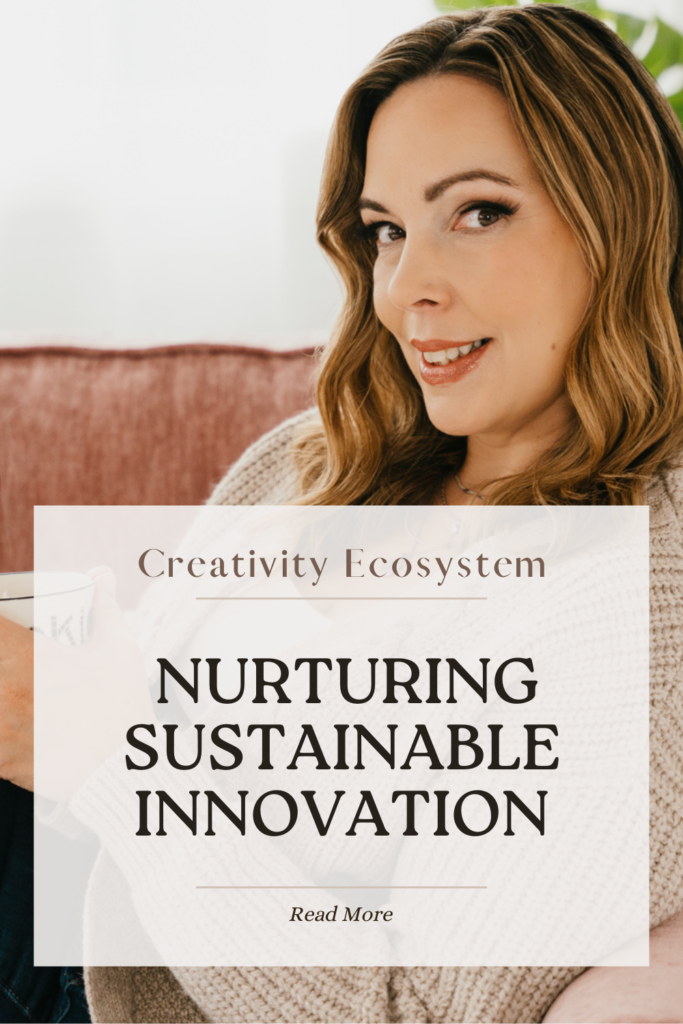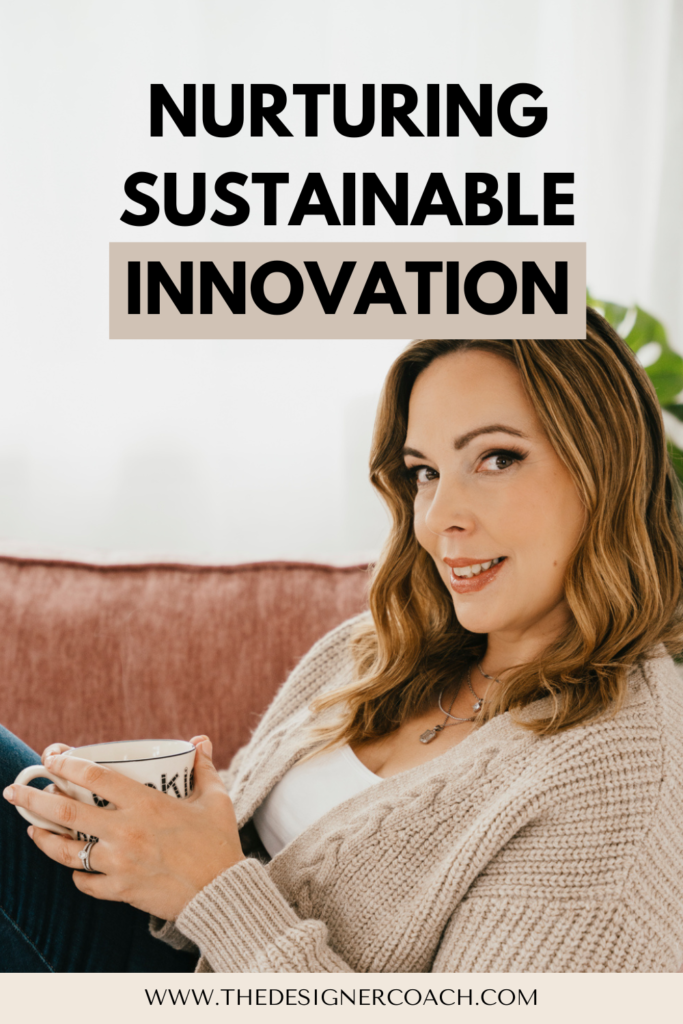Have you ever noticed how creativity seems to have a life of its own? Sometimes it flows effortlessly, and other times it feels like trying to predict the weather (trust me, I’ve been there). As someone who balances design, farming, and coaching, I’ve come to see creativity less as a talent or skill, and more as a living, breathing ecosystem.
Think about it. In an ecosystem, everything is connected. The soil, the plants, the animals, the weather – they all play a part in keeping the whole system healthy and productive. Your creativity works in much the same way. It’s not just about your skills or your inspiration. It’s about how all the different elements of your creative life work together.
Let’s start with the soil of your creativity – your knowledge and experience. Just like rich, fertile soil is essential for growing healthy crops, a solid foundation of skills and knowledge is crucial for nurturing creativity. This ‘soil’ includes everything from your technical abilities to your understanding of design principles, your awareness of current trends, and the lessons you’ve learned from past projects.
But knowledge alone isn’t enough. You need the seeds of ideas to plant in that soil. These are your moments of inspiration, your curious questions, your “what if” thoughts. They might come from anywhere – a conversation with a friend, a walk in nature, or even a frustrating experience with a poorly designed product. The key is to stay open and curious, always ready to catch these idea seeds when they float by.
Of course, seeds need water to grow, and in our creativity ecosystem, that water is time and space. In our always-on, hyper-connected world, it’s easy to fall into the trap of constant doing. But creativity needs fallow periods – time to rest, to percolate, to make unexpected connections. It’s about creating space in your schedule for daydreaming, for play, for seemingly unproductive activities that actually feed your creativity.
And let’s not forget the sunlight – the energy that fuels growth. In our creative ecosystem, this is our passion and purpose. When we’re connected to why we do what we do, when we’re excited about the impact our work can have, it energizes our entire creative process. It’s what gets us up in the morning eager to face a blank canvas or an empty artboard.
But just like in nature, our creativity ecosystem also faces challenges. Client demands, tight deadlines, technical glitches – these are the storms and droughts that test our resilience. The key is to build a diverse, adaptable creative practice that can weather these challenges and even use them as opportunities for growth and innovation.
Collaboration plays a crucial role too. In nature, different species often work together in mutually beneficial relationships. Similarly, engaging with other designers, clients, and even professionals from different fields can create a richer, more robust creativity ecosystem. These interactions challenge our thinking, provide fresh perspectives, and create a support network for when the creative process gets tough.
It’s also important to recognize that creativity, like nature, moves in cycles. There will be seasons of intense productivity, times of learning and growth, and periods that feel dormant. Respecting these natural rhythms is crucial for sustainable innovation. Don’t beat yourself up during fallow periods – trust that ideas will sprout again, just as surely as spring follows winter.

Nurturing Your Creativity Ecosystem
As The Designer Coach®, I’ve observed that designers who approach their creativity as an ecosystem tend to experience more sustainable innovation and fulfilment in their work. They understand that creativity isn’t a tap to be turned on and off at will, but a living, breathing system that requires constant care and attention.
Nurturing your creativity ecosystem involves being mindful of all its interconnected elements. It’s about creating an environment where ideas can germinate, take root, and flourish. It’s about understanding that periods of apparent dormancy are as crucial as bursts of productivity.
Remember, like any ecosystem, your creativity will face disturbances – creative blocks, project setbacks, or external pressures. But a well-nurtured creativity ecosystem is resilient. It can adapt, recover, and often emerge stronger from these challenges.
As you navigate your design career, I encourage you to regularly assess your creativity ecosystem. Are all elements in balance? Which areas might need more attention? By taking a holistic, sustainable approach to your creativity, you’re setting yourself up for long-term success and innovation in your design practice.
In the ebb and flow of the creative process, in the challenges and triumphs of bringing new ideas to life, remember this: you are the steward of your creativity ecosystem. Nurture it with care, patience, and respect, and it will reward you with sustainable innovation for years to come.
If you’re finding it challenging to cultivate your creativity ecosystem or you’re looking for guidance on how to make it thrive, don’t hesitate to reach out. As The Designer Coach®, I’m here to help you navigate the complex landscape of your creative practice. Together, we can explore strategies to enrich your creative soil, plant new idea seeds, and create an environment where your creativity can flourish sustainably. Remember, even the most experienced designers sometimes need a fresh perspective – and that’s where coaching can make all the difference. Let’s nurture your creativity ecosystem together.



Stay inspired
Subscribe to my Newsletter
Join my community of creative professionals and receive monthly insights to fuel your design journey. You’ll get practical tips, mindset strategies, and exclusive content delivered to your inbox.
Share via:

